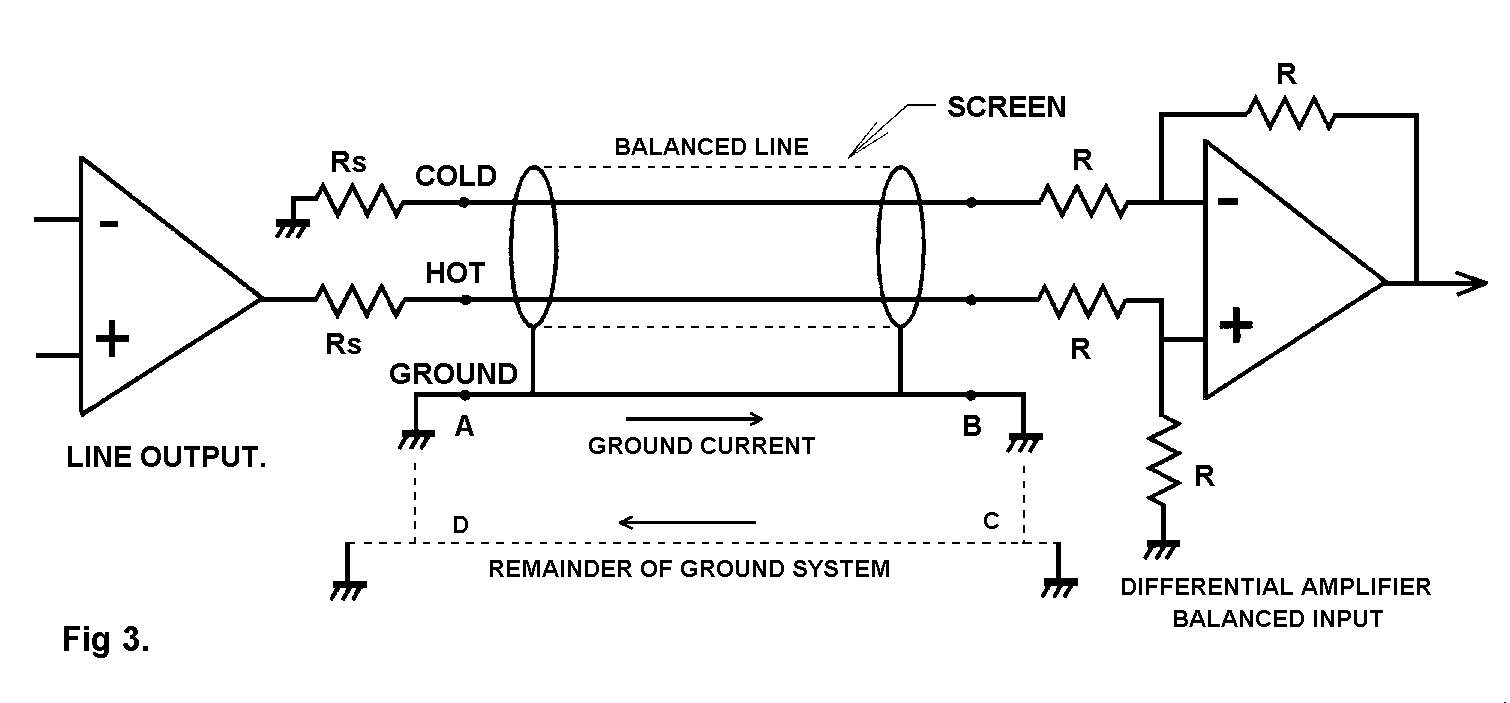|
|
Post by swurveman on Feb 10, 2015 8:23:13 GMT -6
SOLVED: There is a 3-way switch on the back of the C2 that toggles between unbalanced pin1/balanced/unbalanced pin 2. When I moved my studio and set up my C2 I must have hit one of the switches into unbalanced. When I put them both into balanced, the level difference was solved. I've changed the title so if anybody ever has this problem with their C2, they may see this and solve their problem if in fact it is being caused by these switches.
My two channels of my Smart C2 are outputting a 6dB difference between channels. I confirmed this by creating two mono channels in Pro Tools and running equal level sine waves to the individual channels. To make sure it wasn't my cables, I bypassed the Smart and ran the two equal level sine waves into and out the same cables that had been attached to the Smart. They both came back into my PT channels at equal levels. I called Smart and they told me that I needed to test the cables anyway for voltage differences.
So, my question is. Why? Didn't my test confirm that it's not the cables?
When I did the same test above with my API 2500, the levels of both channels were the same.
Thanks to anybody who can help me understand Smart's response.
FYI: My Daw is 2-Aurora 16's synced + 2 RME AES-32 HDSP Audio interfaces.
|
|
|
|
Post by svart on Feb 10, 2015 9:01:26 GMT -6
6dB of difference usually means that the cable is not working differentially. I have to mention that differential and balanced are not the same thing.. Differential means that you have two identical signals on two wires, with one 180deg out of polarity. Balanced means that each conductor sees a relatively similar impedance. You can have a balanced setup that is not differential, but you cannot have a differential setup that isn't balanced. ( I suppose you could, but it wouldn't work very well at all) Make sense? The proper way to test a cable is to use a continuity tester or resistance test in a DMM (digital multi-meter) and see if the conductors are good. You'd ohm from pin 1 to pin 1, then pin 2 to pin 2, and pin 3 to pin 3 on the cable you suspect. That should tell you without a doubt the cables are good or bad. IF the cables are good, then it's probably the smart. I think the smart is pretty close to the (G)SSL designs so it should be electronically balanced and differential. Could be an input or output driver has gone bad, but it's almost impossible to tell which one without poking around with an o'scope. Best guess would be that if each meter shows a similar gain reduction with an identical input signal (sinewave), then the culprit should be on the output side of the circuit. One test you can do is to put two sines on the smart's inputs and measure the output voltages. Take two 0.775V 1Khz sine waves (use your DMM set to VAC to measure them while plugged into the inputs of the smart), and then measure pin 2 and pin 3 of each output. If they all match, then your smart is likely OK. If they don't then it's the Smart that's at fault. Or you could have tarnished connectors too. I've seen that happen. For more info: This is a balanced arrangement with a differential input. Note the resistor Rs that makes the impedance similar, thus making it balanced.  |
|
|
|
Post by jimwilliams on Feb 10, 2015 10:12:38 GMT -6
In other words, try another cable.
|
|
|
|
Post by swurveman on Feb 10, 2015 11:05:31 GMT -6
IF the cables are good, then it's probably the smart. I think the smart is pretty close to the (G)SSL designs so it should be electronically balanced and differential. Could be an input or output driver has gone bad, but it's almost impossible to tell which one without poking around with an o'scope. Best guess would be that if each meter shows a similar gain reduction with an identical input signal (sinewave), then the culprit should be on the output side of the circuit. Thanks for your information svart. I need to learn more about electronics. Every bit helps! I changed cables-I'm using dSubs running in/out to my Aurora 16- and had the same results. Both the RME and ths Aurora show a lower input coming from the output of one channel of the Smart. Using the new cables, the API 2500 shows no channel imbalance, and when I bypass the hardware and just connect the ins/outs of the cables there's no imbalance. |
|
|
|
Post by swurveman on Feb 10, 2015 11:07:47 GMT -6
In other words, try another cable. I did. See above. Still, the Smart guy said they'd hate for me to send it out to Hollywood and have them put it on their bench and test it and see that there's no problem. I don't know how that's possible given all the tests I've run. |
|